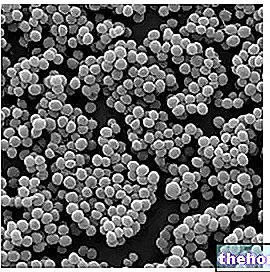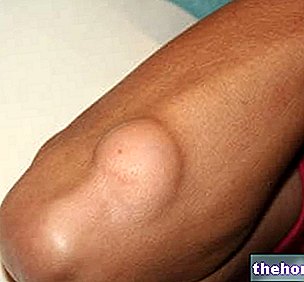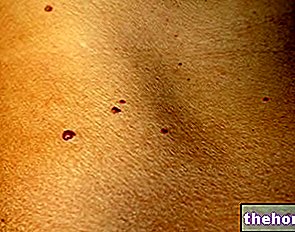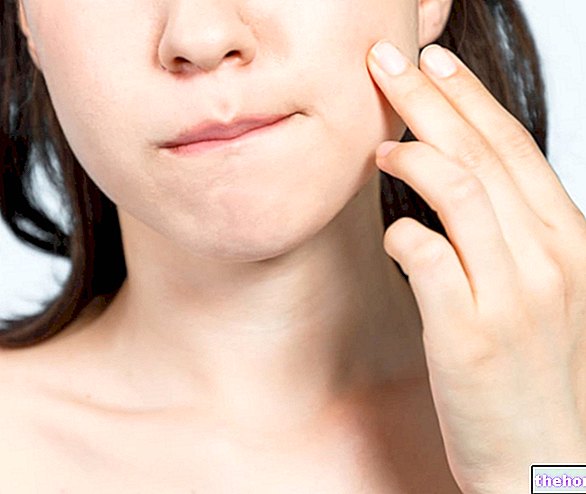What is bromidosis?
Bromhidrosis is a condition characterized by the emanation of a particularly unpleasant skin odor, linked to the bacterial fermentation of the often abundant secretion of the sweat and / or apocrine glands.

Bromhidrosis assumes pathological aspects if the bad smell is particularly intense in quantity and quality or if it significantly interferes with relationships and social activities.
The sweat that reaches the skin surface is initially odorless: the excessive secretion from the eccrine or apocrine glands is decomposed by the bacteria naturally present on our skin, which produce degradation substances that give rise to individual odors.
Some conditions can favor the onset of bromhidrosis, such as concomitant dermatological diseases (example: erythrasma, intertrigo), metabolic or general diseases (trimethylaminuria, diabetes mellitus, obesity), ingestion of certain foods (spices, garlic, onion), intake of particular drugs etc.
The most effective solution to prevent this condition is to try to reduce sweat to a normal level: there are several treatment options that allow you to manage bromhidrosis.
Management of bromhidrosis
For a correct management of bromhidrosis it is important to distinguish the subjective evaluation of bad odor from the actual skin pathology: subjects who mask body odor should understand that the symptoms cannot be eliminated until the underlying conditions are treated .
Sweating control and thorough cleansing are often not enough; therefore, it is necessary:
- Check the factors that favor bacterial proliferation: underarm hair removal, choice of breathable socks and footwear, etc.
- Use products that inhibit bacterial growth.
- Keep the skin in the area dry (such as the armpit in apocrine bromhidrosis).
Topical hygiene and therapy are the main treatment options for mild cases of bromhidrosis and may include the following actions:
- armpit washing at least twice a day with germicidal soap;
- regular hair removal to prevent the accumulation of bacteria and sweat on the hair shaft or electrolysis to remove the follicle;
- prompt removal of sweaty clothing;
- use of topical deodorants;
- treatment of coexisting dermatological diseases (bacterial or fungal infections favored by the alteration of the skin).
The treatments mentioned do not offer a definitive cure for bromhidrosis and the results may be partial or short-lived. A visit to the specialist doctor can provide permanent treatment options that include surgery such as removal of the apocrine sweat glands by surgical excision or superficial liposuction.
In the event that hyperhidrosis is a determining condition of bromhidrosis, it would be useful to treat the primary cause of excessive sweating early; therefore the following possibilities can be considered:
- use of anti-perspirants;
- anticholinergics or beta-blocking drugs;
- iontophoresis;
- botulinum toxin injection;
- surgery (surgical sympathectomy, superficial liposuction ...).




























